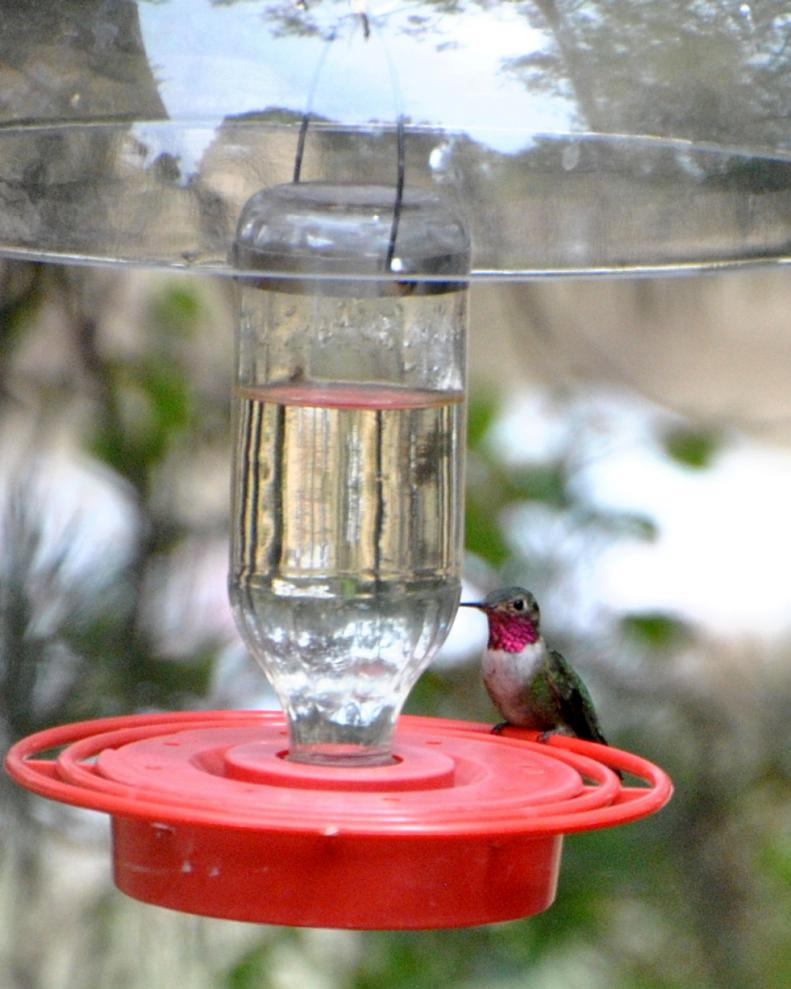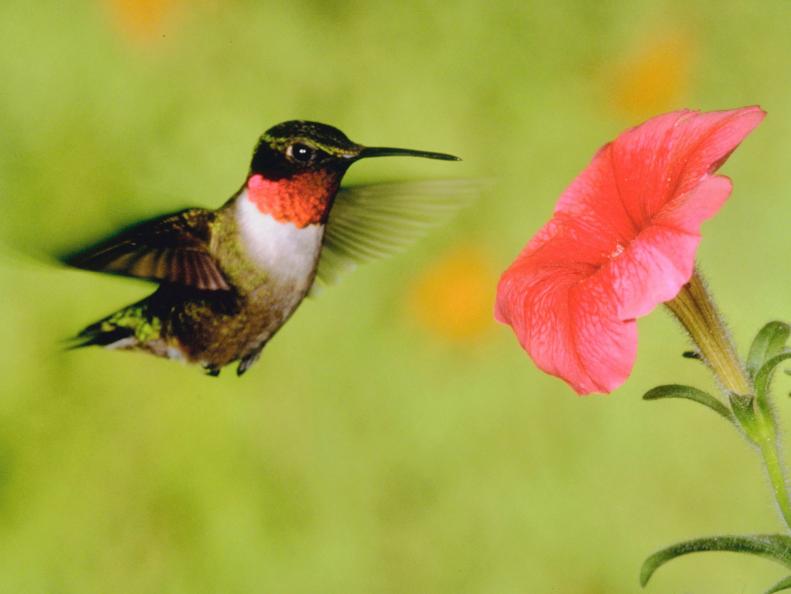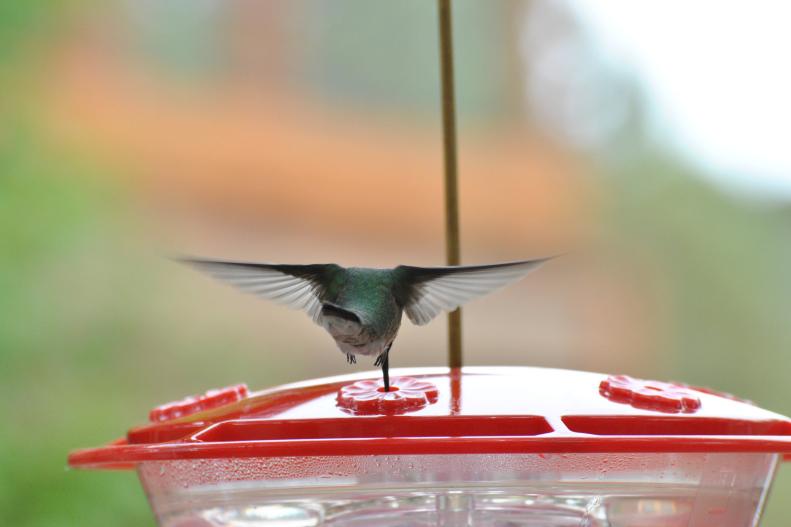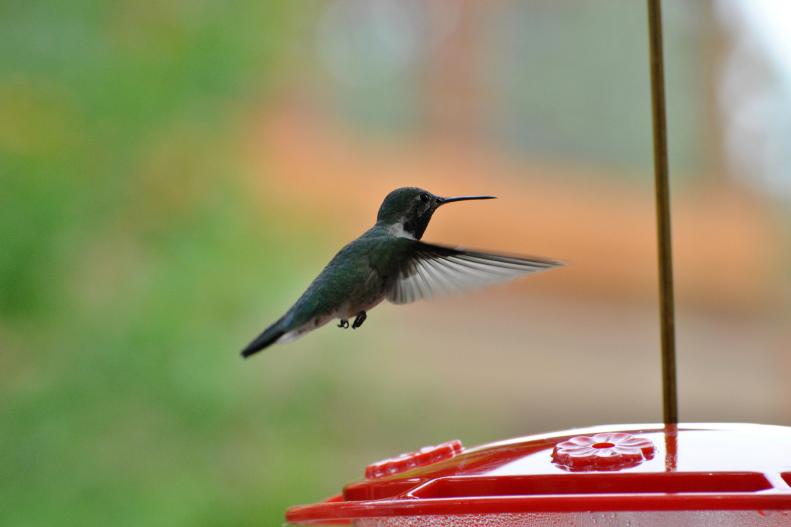1 / 13
Photo: Image courtesy of Peter Crosson
Attracting Hummingbirds to Your Backyard
Hummingbirds are all around you. Although these fast, tiny birds are often difficult to spot, there are many ways to entice them to your outdoor spaces. Here a male Broad-tailed Hummingbird shows off his flashy colors.









